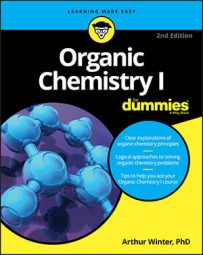Spectroscopy plays an increasingly important role in modern sports and culture. For instance, the sports of baseball and cycling (among others) have been roiled by cheating scandals in which athletes have tested positive for performance-enhancing drugs. But how do you actually test for whether an athlete has doped? Typically, the tests for whether an athlete is doping rely on spectroscopic tests.
When a player submits a urine sample for testing, a common test is to submit the sample to gas-chromatography-mass spectrometry (GC-MS) analysis. The gas chromatography part of the instrument separates the urine into all its different chemical components by running the mixture through a chromatography column, and then each component coming off the column is submitted to a mass spectrometer to determine the mass spectrum of each component of the mixture. Testosterone, designer steroids, and metabolites of testosterone have known mass spectra, and each of these compounds has a different molecular weight. Thus, we can look for the presence and amounts of these steroids to determine whether an athlete is doping.
One problem that arises in doing these doping tests is that people who don’t dope produce testosterone naturally, and the amount of testosterone produced by the body can vary greatly from individual to individual. So, a large amount of testosterone is not considered evidence for doping. A more sophisticated analysis must be used. When testosterone is synthesized naturally in the body from cholesterol, a byproduct of the biosynthesis is a derivative of testosterone called epitestosterone glucuronide.
So, even if the amounts of testosterone produced vary from individual to individual, the ratio of testosterone to this byproduct, epitestosterone glucuronide, is fairly constant. If an athlete dopes by taking synthetic testosterone, you'll see an increase in the amount of testosterone without an accompanying increase in the amount of epitestosterone glucuronide. A ratio of greater than 6:1 of testosterone to epitestosterone glucuronide determined by GC-MS is usually used as evidence of doping.
A more definitive test of whether testosterone is naturally produced or is of synthetic origin comes from looking at the abundance of carbon isotopes in the mass spectrum. Testosterone produced naturally in the body has a greater abundance of 13C to 12C than does synthetic testosterone. This can be distinguished by mass spectrometry because this method measures the weights of compounds, and 13C and 12C differ by a single molecular weight unit (1 g/mol). So, synthetic testosterone has a smaller M+1 peak in the mass spectrum than does biosynthesized testosterone.

